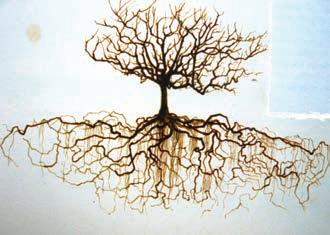LONG-TERM ENERGY OUTLOOK:
WHAT SHOULD HORTICULTURE PREPARE FOR? In a feature published in FloraCulture International in June 2022, Horticultural energy consultants Tim Pratt and John Swain try to predict how fuel prices will look in the coming years
A
30
t a time when the economy is still reeling from the global health crisis, the Russian invasion of Ukraine and the EU’s dependence on Russian natural gas are situations that urge us to diversify energy supplies.
As a result, he says the carbon price on the European emissions trading scheme hit record highs for nine months on the trot, with the knock-on effect of adding further to the cost of using fossil fuels and the electricity generated from them.
KEY REMARKS ON GLOBAL ENERGY MARKETS
DEMAND RISING FASTER THAN PRODUCTION COULD RESTART
UK horticultural energy consultant, Tim Pratt, comments on how much gas costs have increased and the speed at which it has occurred. “We’ve just not seen anything like it before,” he says. “Volatility was greatest following Russia’s invasion of Ukraine in February. Still, growers in the UK and across Europe had found gas and electricity prices sharply climbing since economies began to reboot after the pandemic.” Jon Swain, director of the UK National Farmers’ Union’s energy consultancy, NFU Energy, points to the emergence of world economies from Covid lockdowns coinciding in Europe with new carbon reduction targets.
“With some energy supply facilities mothballed during the pandemic, the economic recovery saw demand rising faster than production could restart,” says Pratt. “By July last year traders had
HC / Summer 2022
started to worry about potential gas shortages going into winter.” Consequently, the gas spot price reached more than £4 per therm by December in the UK, but halved again in January this year as traders realised they had passed the brink, though it was still four times the level 12 months earlier. Then, just as energy markets were regaining stability, Russian troops crossed into Ukraine. Up to that point, Russia had been the source of 40% of the EU’s gas and 26% of its oil imports, so the sanctions imposed on it as a consequence of the invasion were













